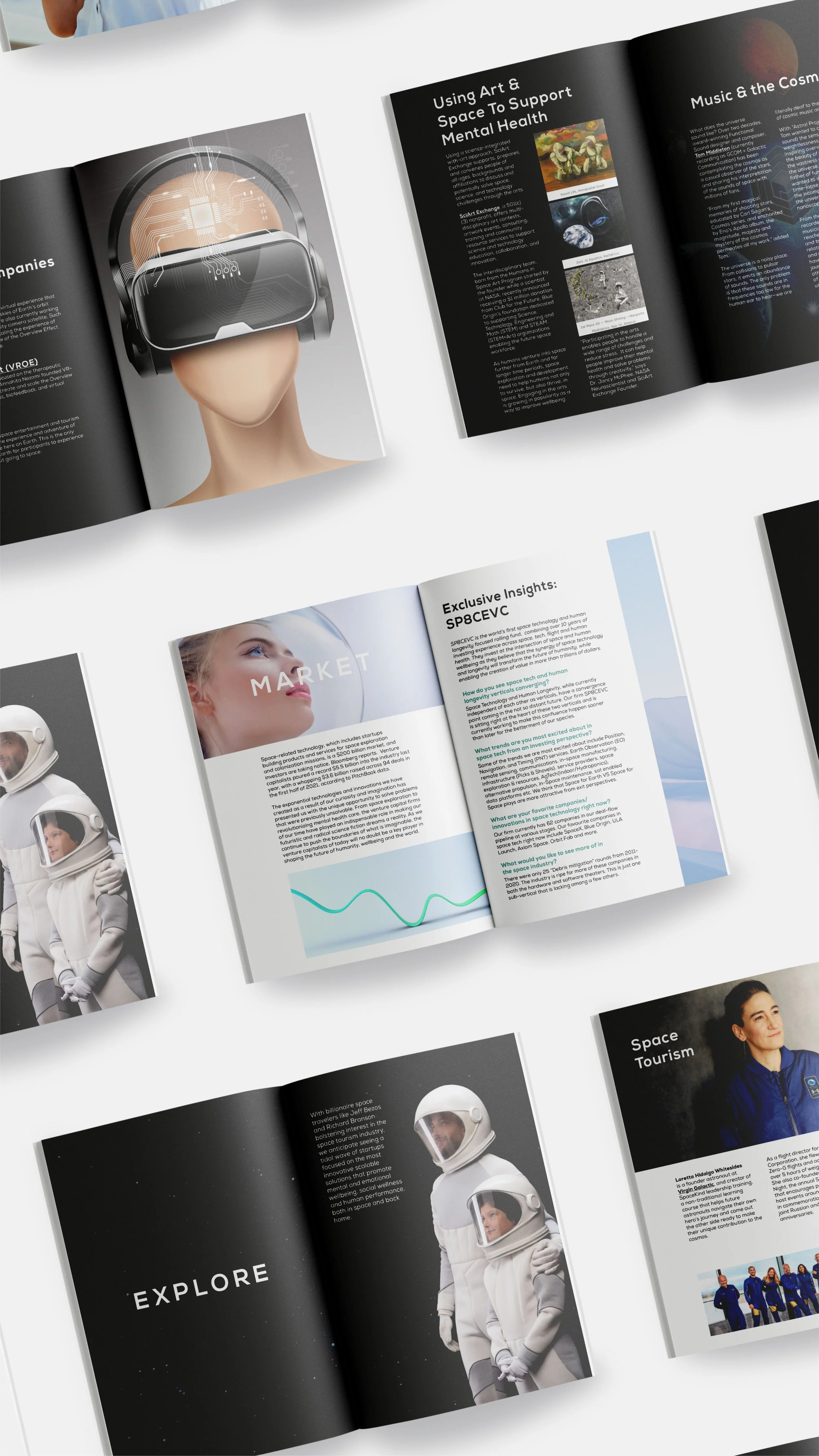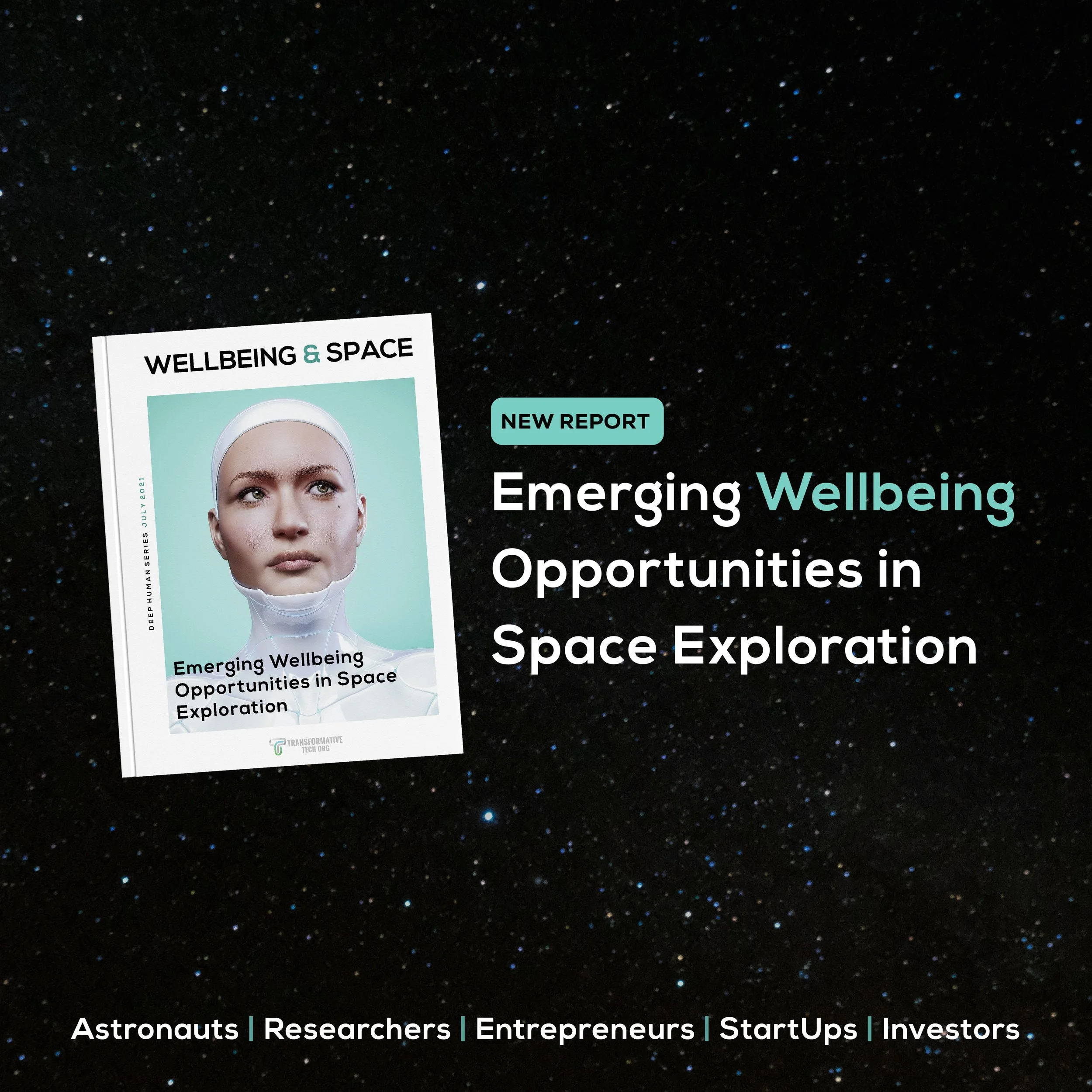Learning when and how to trust our senses helps humans thrive, from under water to outer space.
Our mission is to increase support for space exploration by bringing space to Earth. We are making space exploration a reality by stimulating the senses through physical, virtual, and augmented immersion and creating holodeck-like experiences of space here on Earth.
Human external sensation is based on the sensory organs of the eyes, ears, skin, vestibular system, nose, and mouth, which contribute, respectively, to the sensory perceptions of vision, hearing, touch, spatial orientation, smell, and taste. In space, like on Earth, people sometimes cannot believe their eyes, ears or smells.
Sensing Space | Sensory Health for Space & Earth (NASA)
We have the means to translate the non-experienceable things to the domain of our human senses through immersive technologies and design.
How can we experience the universe that is beyond reach for human perception?
Vision
NASA is evaluating countermeasures that prevent or mitigate the signs and symptoms associated with Spaceflight Associated Neuro-ocular Syndrome (SANS), a spectrum of alterations in the eye that can affect the vision of astronauts.
Hearing
Backed by the Italian Space Agency, in collaboration with the University of Rome Tor Vergata, the Acoustic Diagnostics experiment aims to study the effects of the background noise of the ISS on the hearing of astronauts. According to the European Space Agency, this experiment aims to monitor what is known as otoacoustic emissions (OAEs). The special headphones made by the Italian Space Agency have a special inner-ear tip that simultaneously plays sound and measures the reactions of the astronauts' ears.
Haptics
Established in 2009, ESA’s Telerobotics & Haptics Lab is developing robotic technologies for advanced human-machine interaction, extending the human sense of touch to space and planetary environments.
Taste
After a few days in space, astronauts start craving spicier food, researchers believe this is partly due to loss of smell, which can account for up to 80% of taste.
Wellbeing in Space Report | Transformative Tech Org | NASA
The venture to space, while exciting, is also one that can be physically, mentally, and socially demanding. Our wellbeing is, and will be, the x factor that determines whether we are merely surviving or thriving, in space and back on Earth.
Download our new report “Space & Wellbeing” which highlights the exciting areas of Transformative Tech innovation, and identifies uncharted opportunities for experimentation, play, investment and discovery.
Featuring interviews with Astronaut Dr. Michael Barratt, Astronaut Loretta Hidalgo Whitsides, Designer Phnam Bagley, Author Frank White and spotlights on transformative tech including @biostrap @mindlyft @empatica @mycoocoon @alephfarms @SEArch+ @ejenta @sciartexchange @tommiddleton @blueorigin @virgingalactic @spacevr @VROE @ZeroG






